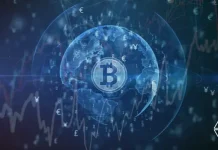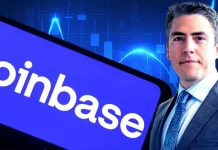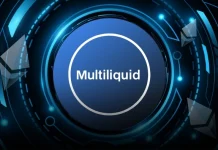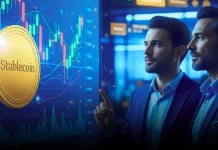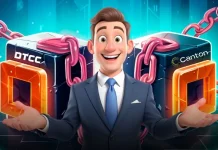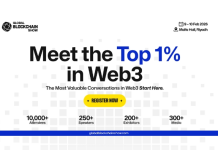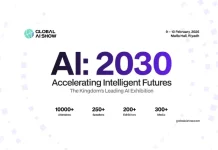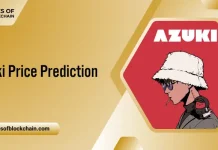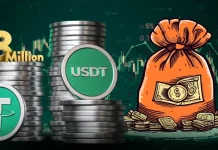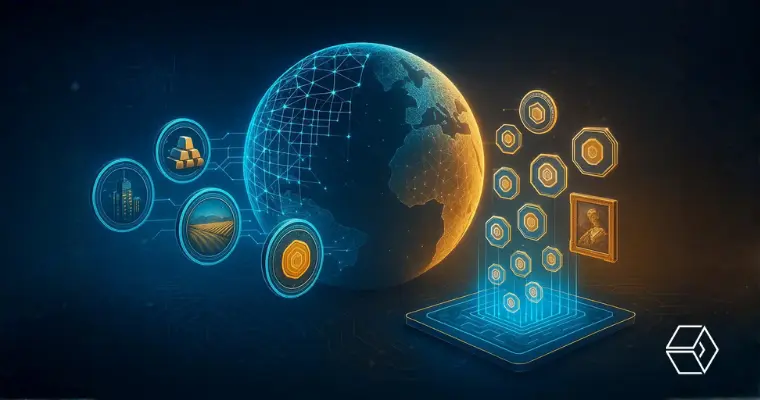
Foundations — What Are RWAs & Why They Matter
Real-world assets (RWAs) are tangible financial assets that include but are not limited to real estate properties and commodities that represent physical, traditional financial assets.
The tokenization process of RWAs involves converting them into digital tokens via blockchains. This makes valuable assets accessible to multiple individuals through fractional ownership. Real-world asset tokenization includes commodities like real estate, art, and intellectual property that require added transparency, liquidity, and accessibility.
RWAs can be categorized into fungible and non-fungible tokens, with interchangeability being the only difference between them. Although asset holders can swap a fungible token for another of the same value, real-world asset NFTs are unique and cannot be replaced.
Benefits of Having Real-World Assets on Blockchains
– Liquidity enhancement & fractional ownership
Real-world asset tokenization services address the low liquidity of the traditional asset market, converting indivisible assets into small, tradeable tokens that can be traded on the secondary market. Fractional ownership allows investors to buy portions of a particular asset instead of the entire lot, creating investment opportunities for a broader audience.
– 24/7 markets, global access, composability with DeFi
Traditional tangible assets are brought onto the blockchain network to grant users the benefits of the decentralized financial (DeFi ) system. Access to blockchain technology offers other benefits, like 24×7 availability on global markets as well as composability with DeFi protocols.
– Transparency, auditability, lower intermediaries
The best real-world asset tokens ensure transparency and auditability by eliminating intermediaries like escrow agents, brokers, and legal representatives. This reduces risk and the overall business cost.
RWA in Web3 consolidates the tokenization process and moves the settlement of assets to a digital, decentralised ledger. Therefore, the use of blockchain or crypto rails for real-world assets significantly changes the settlement dynamics by increasing liquidity, improving transparency, and reducing intermediaries.
Core Use Cases — Tokenized Real Estate, Commodities, & Others
- Fractional ownership of property, tokenized rental income, and real estate debt instruments – RWA tokenization in real estate provides access to fractional ownership, tokenized rental income, and real estate debt instruments, increasing liquidity and accessibility. The St Regis Aspen Resort in Colorado tokenized 18.9% into 18.9 million digital tokens, allowing investors to trade in smaller stakes in real estate. Real-world asset tokenization platform called RealT has also tokenized its residential rental properties in the US using the Ethereum Blockchain, thereby increasing accessibility to invest in smaller real estate capital.
- Gold, oil, and agricultural commodities as on-chain tokens – Commodities like gold, oil, and agricultural products are complex industries, and have multiple logistical challenges and intermediaries. Tokenization helps streamline transactions, offer a digital alternative to physical commodities, and improve supply chain efficiency.
- Carbon credits, intellectual property, art & collectibles – Tokenization of carbon credits, intellectual property (IP), and art & collectibles can be done through blockchain. This involves removing greenhouse gases, transforming intangible assets into tradeable digital tokens, and democratizing access to traditional exclusive markets by converting high-value art & collectibles into digital tokens.
- Using tokenized RWAs as collateral in lending, yield farming, and synthetic markets – Tokenized RWAs create new use cases for collateralized lending, yield farming, and synthetic markets, bringing value of off-chain assets into the on-chain, decentralized ecosystem.
Major Challenges & Risks Ahead
The real-world asset tokenization market size still faces challenges in terms of adoption. Liquidity and tradeability bottlenecks remain key issues in RWA tokenization, as secondary markets for trading are still thin and fragmented. Regulatory uncertainty and legal risks further complicate compliance, the safety of investor funds, and cross-border transactions.
Additionally, fraud risk, lack of insured protection, and lack of standardized auditing continue to harm investor confidence. All these factors combined makes it a threat to the overall integrity of RWA platforms as they scale and integrate with DeFi. Overall, a better framework that supports transparency can help build trust in RWAs.
What to Resolve
Phased Growth Model
– Early stage (2025–2028): RWAs’ early stage growth will be driven by the tokenization of safer, yield-bearing assets like the money market instruments and US Treasuries. Institutional pilots and regulatory sandboxes will dominate during this period.
– Mid stage (2028–2032): The market is expected to expand into more liquid and complex asset classes, such as infrastructure, private credit, and real estate, backed by well-developed compliance frameworks.
– Long term (2032+): As tokenization becomes mainstream, it will be integrated across financial apps, DeFi platforms, and neobanks. During this phase, RWA tokenization will form the backbone of the digital market, allowing 24×7 global asset liquidity.
Hybrid Models & Interoperability
In the next phase of RWA tokenization, hybrid models will assume a more prominent role that uses both on-chain and off-chain logic while balancing permissionless infrastructure, access, and compliance.
Organizations are increasingly using architecture where the ownership, settlement, and verification of assets takes place within traditional infrastructure by using blockchain or decentralized platforms.
At the same time, the future of asset tokenization will involve interoperability across Layer 1 and Layer 2 networks, liquidity aggregation, and composability. Hybrid or cross-chain ecosystems will support scalable and institutional-grade tokenization ecosystems for different asset classes.
Opportunities on the Horizon
-
- Hybrid instruments that combine yield + real asset backing – The development of tokenized assets combines RWA backing with on-chain yield mechanisms to create new income-generating investment products.
- Plugging into DeFi protocols – RWA tokenization is increasingly being plugged into DeFi protocols for staking, collateralization, and leverage. This expands utility and liquidity across decentralized markets.
- Cross-chain RWAs, liquidity routing – Improved liquidity and interoperability routing across L1 and L2 networks will enable capital mobility and composable financial products.
- Enabling real estate investing in frontier markets – Tokenization opens up access to real estate investment in frontier markets, lowering entry barriers for global investors.
- Cross-border capital flows unlocked – Streamlined blockchain-powered settlement mechanisms will unlock cross-border investments, offering greater transparency and reduced friction.
- AI for pricing, risk modeling, predictive analytics – Artificial intelligence will play a huge role in risk modelling, pricing, and predictive analysis. This will improve asset valuation accuracy and portfolio management efficiency.
Conclusion
Tokenization of RWAs is reshaping traditional finance and blockchain. As infrastructure develops and regulatory clarity is achieved, tokenized assets will make liquidity, transparency, and accessibility, more efficient on a global scale.
Embracing hybrid models, interoperable frameworks, and AI-augmented analytics will improve adoption, while fundamentally changing capital formation, trading, and management. Nevertheless, resolving legal ambiguities and understanding systemic risk must also be addressed, for sustainable growth.
Over the next decade, the development and evolution of RWAs will play a major role in bridging institutional finance and decentralized innovation.

